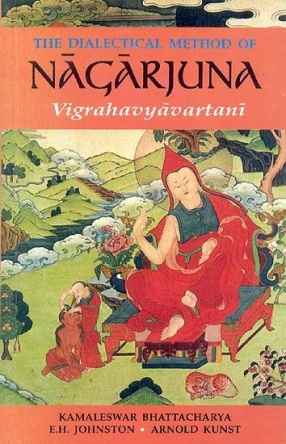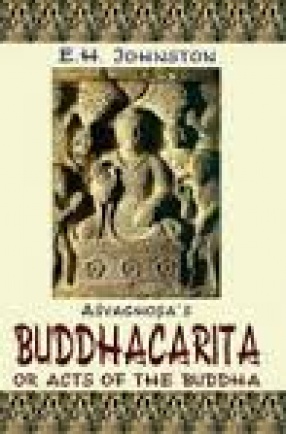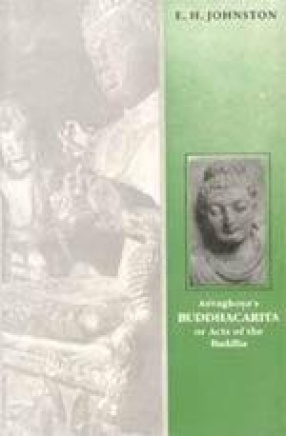
E H Johnston

Showing all 6 books


Though only a minor work in form, as regards its contents the Vigrahavyavartam well as of the early Indian dialectical tradition. Not only does it admirably illustrate the dialectical method followed by Nagarjuna, the founder of the school, but it is also clarifies the idea of Voidness (Sunyata) which has been so often misunderstood, not only in modern times and abroad, but in India itself and in Nagarjuna's own time.
Written after Nagarjuna's major work, the ...

The Buddhacarita is the most famous work of Asvaghosa, the well-known Buddhist poet-philosopher supposed to have been a contemporary of King Kaniska of the early 2nd century a.c. Of the twenty-eight cantos of the epic poem a little less than half is now available in the original, but complete translations in Chinese and Tibetan have been preserved.
This edition consists of three parts. The first part contains the Sanskrit text and the second the translation of ...

The Buddhacarita is a well-planned work written in Sanskrit by Asvaghosa who was a contemporary of Kusana emperor Kaniska. It is one of the few biographies of Buddha that is complete commencing with his birth and ending with his nirvana. This work is composed in the style of ornate court poetry or kavya. Unlike the Mahavastu and the Lalitavistara, it is a systematic treatment of the subject matter. The poet is not only moderate in language and style, but he also ...


The Buddhacarita is the most famous work of Asvaghosa, the well-known Buddhist poet-Philosopher supposed to have been a contemporary of King Kaniska of the early 2nd century A.D. Of the twenty-eight cantos of the epic poem a little less than half is now available in the original, but complete translations in Chinese and Tibetan have been preserved. This edition consists of three parts. The first part contains the Sanskrit text and the second the translation of ...
